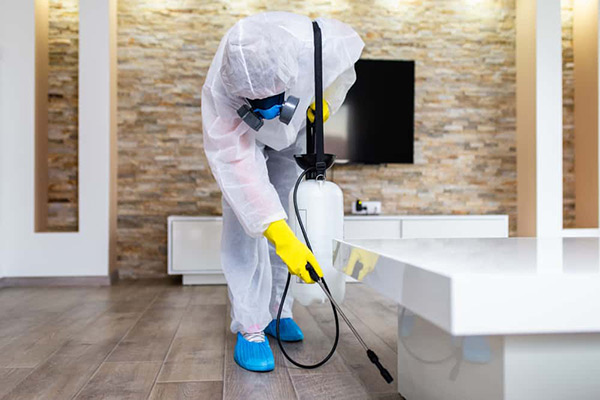Monitoring devices serve as an alert system that collects critical information on the pests affecting your business.

By Jennifer Brumfield Technical Director Western Pest Services
In large warehouses and throughout the supply chain, it can be challenging to identify signs of a potential pest problem. It’s vital to be aware of any pest activity around your products since
it could result in rejection of goods by the end customer. From droppings to nesting materials, warehouses and distribution centers are hubs for pest problems. The high volume of traffic from around the world makes it easy for pest species to gain entry into your structure.
Although pest activity may not be visible, it’s important to have proactive measures in place to prevent pests before they negatively impact your business. One way to do this is by implementing pest monitoring devices. These devices can help assess pest activity and assist in gauging pest populations so you can put the most effective pest control solution in place.
Pest monitoring devices are a cost-efficient aid to your overall pest management program, providing important information to you and your pest professional. Although there are many different devices, they share similarities—specifically the ability to monitor traps and bait stations remotely for activity. They reduce labor costs and allow your pest management team the ability to be more responsive to your specific needs. Also, they simplify time management by instantaneously alerting pest companies to activity, compared to having to come out every week to manually check.
Other advantages of having digital pest monitoring devices are:
Best use of Time. Checking devices in hard-to-reach and sensitive areas on every service visit can be time-consuming, and possibly a safety risk. Remote monitoring eliminates this issue by allowing technicians to respond to traps in difficult-to-access spots as needed.
Greater efficiency. Using digital monitoring helps collect pest data into a central hub, which is a huge benefit to your business in terms of reporting. The ability to gather detailed information in real time proves to auditors that a company is in complete control of pest management and that preventive and proactive procedures are in place.
Reduce the chance of infestation. These systems allow data to be available instantly, allowing your business to spot pest activity sooner and react before an infestation develops. They also help your pest management provider determine how pests are gaining access to areas of your building.
Of course, these devices won’t replace IPM inspections and control measures from a pest management professional, but they will assist in simplifying the process of monitoring. With technology evolving every day, the pest management industry continues to learn how to use it most effectively.
If you need help deciding which device or monitoring system is best for your business, reach out to a licensed pest management provider to develop a customized plan for your facility.

Jennifer Brumfield is a Technical Director and Board-Certified Entomologist with Western Pest Services, a New Jersey-based pest management company serving businesses and homeowners in major Northeastern markets. Learn more about Western by visiting www.westernpest.com.
In this episode, I sat down with Beejan Giga, Director | Partner and Caleb Emerson, Senior Results Manager at Carpedia International. We discussed the insights behind their recent Industry Today article, “Thinking Three Moves Ahead” and together we explored how manufacturers can plan more strategically, align with their suppliers, and build the operational discipline needed to support intentional, sustainable growth. It was a conversation packed with practical perspectives on navigating a fast-changing industry landscape.